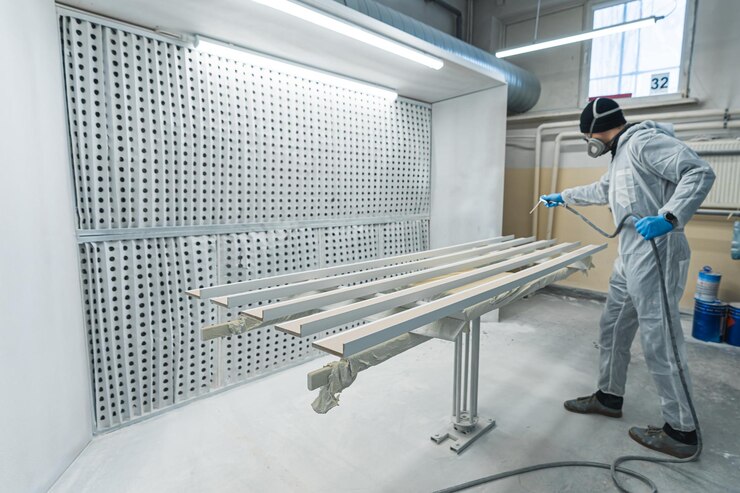Industrial coatings have come a long way, evolving from basic protective layers to highly advanced, multifunctional solutions. Originally, these coatings were designed mainly to shield metal surfaces from corrosion and wear, especially in industries like automotive, aerospace, and manufacturing. Early formulations were typically oil- or solvent-based, offering only minimal protection against environmental damage.
As technology progressed, new materials such as epoxy, polyurethane, and fluoropolymers were introduced, providing enhanced durability and resistance to chemicals, heat, and UV exposure. By the mid-20th century, coatings became more specialized, leading to innovations like anti-fouling marine coatings, high-temperature-resistant finishes, and electrostatic powder coatings known for their strong adhesion and longevity.
In recent years, the focus has shifted toward smart and sustainable coatings. Nanotechnology has enabled the creation of self-healing, antimicrobial, and anti-graffiti coatings, significantly extending surface lifespans and reducing maintenance costs. At the same time, environmental concerns have driven the development of water-based and low-VOC (volatile organic compound) coatings, which lower emissions without sacrificing performance.
Looking ahead, the future of industrial coatings lies in even more intelligent and adaptive materials. Innovations like self-cleaning surfaces and responsive coatings that adjust to environmental conditions are gaining traction. As industries demand greater efficiency and sustainability, functional industrial coatings will continue to evolve, providing cutting-edge solutions that not only protect but also enhance performance and environmental responsibility.










 /home/u448362301/domains/theexpotab.com/public_html/wp-content/themes/foxiz/templates/popup.php on line 167
/home/u448362301/domains/theexpotab.com/public_html/wp-content/themes/foxiz/templates/popup.php on line 167